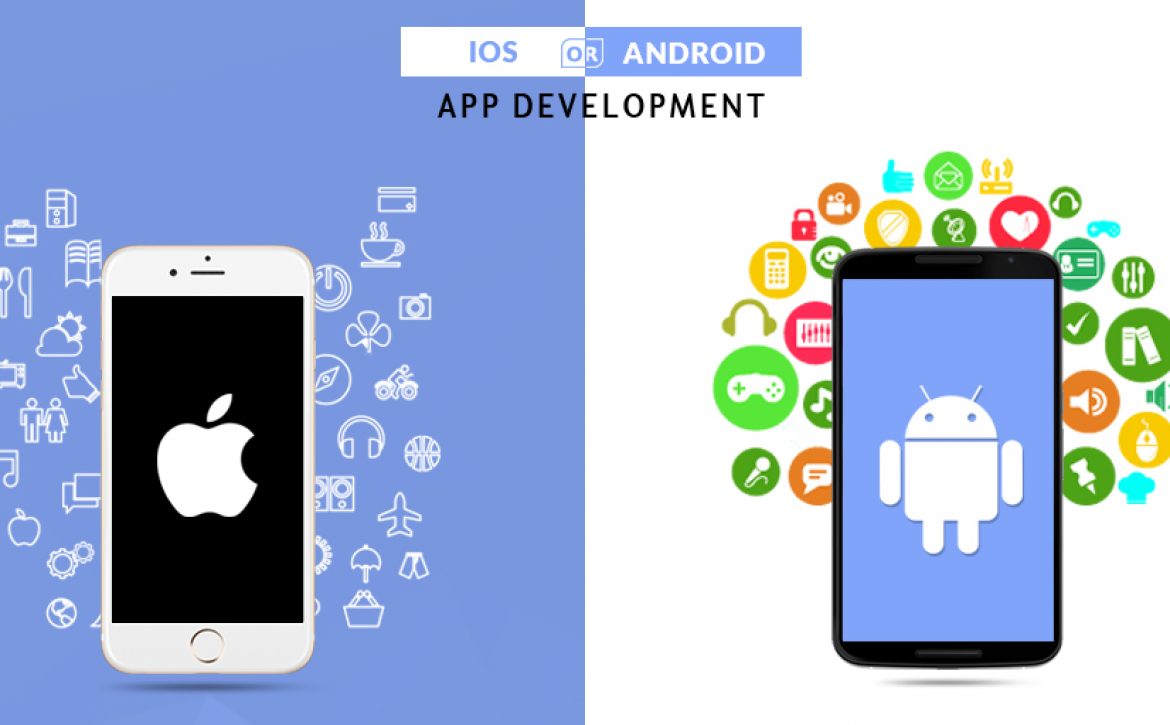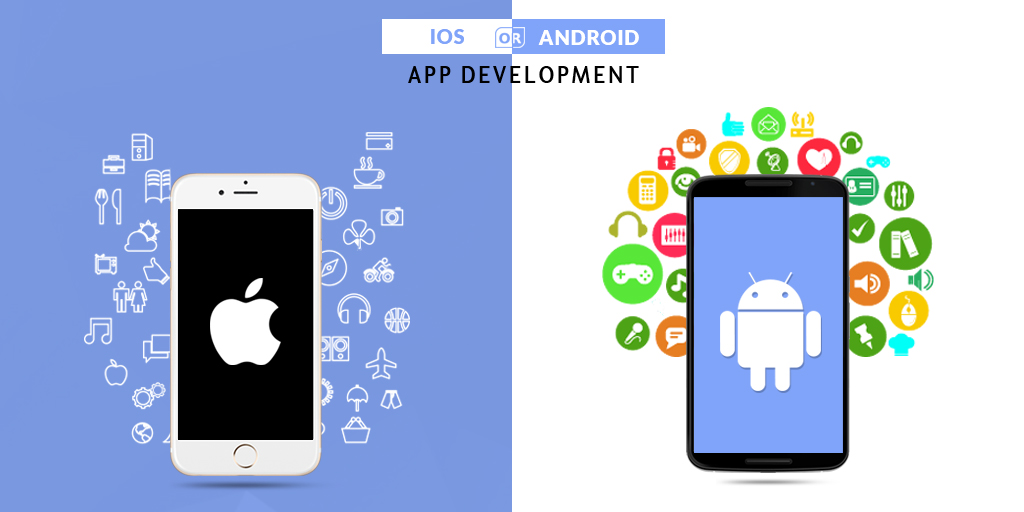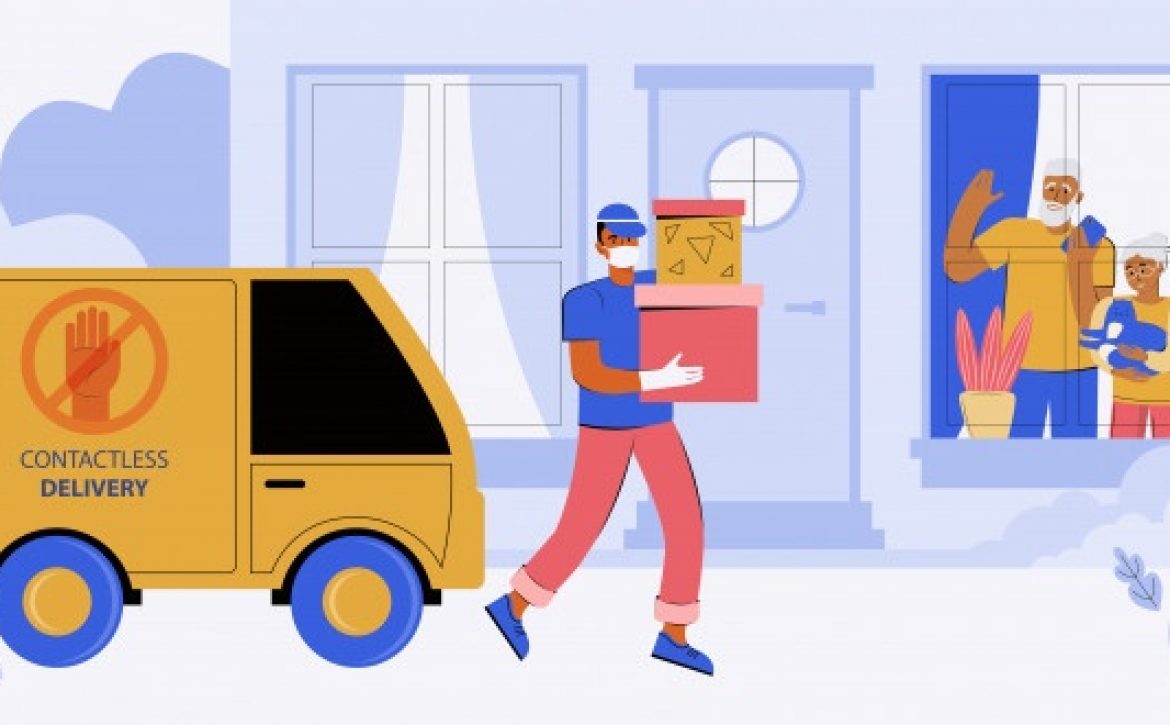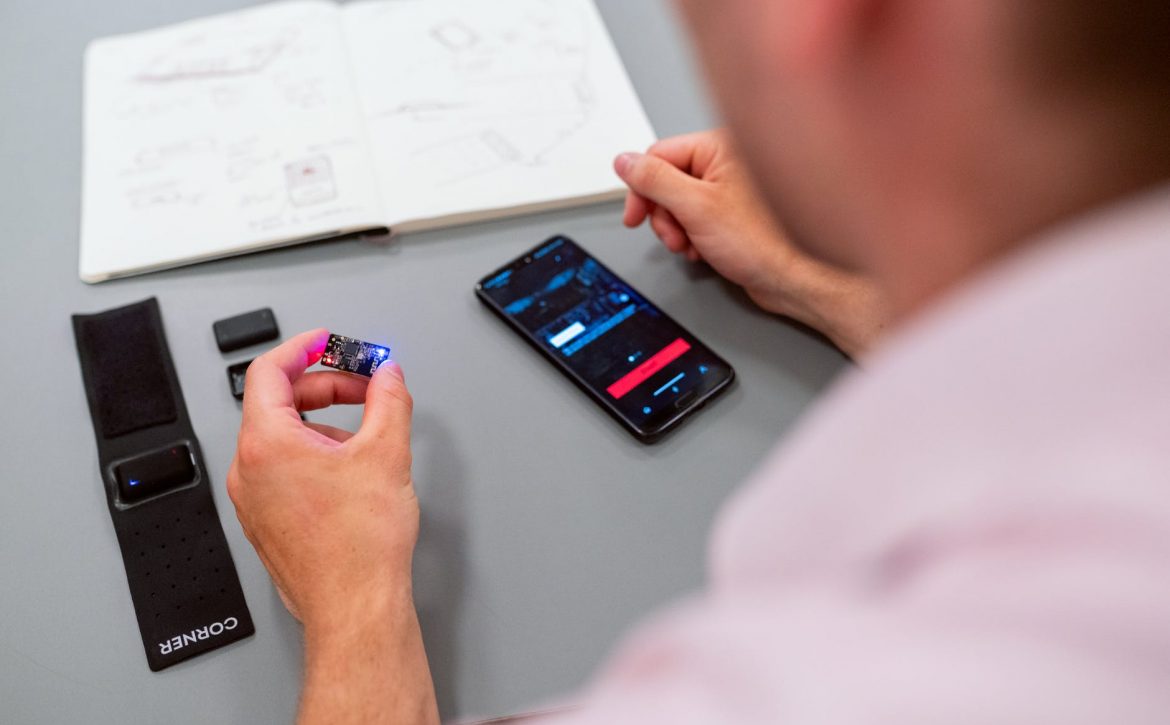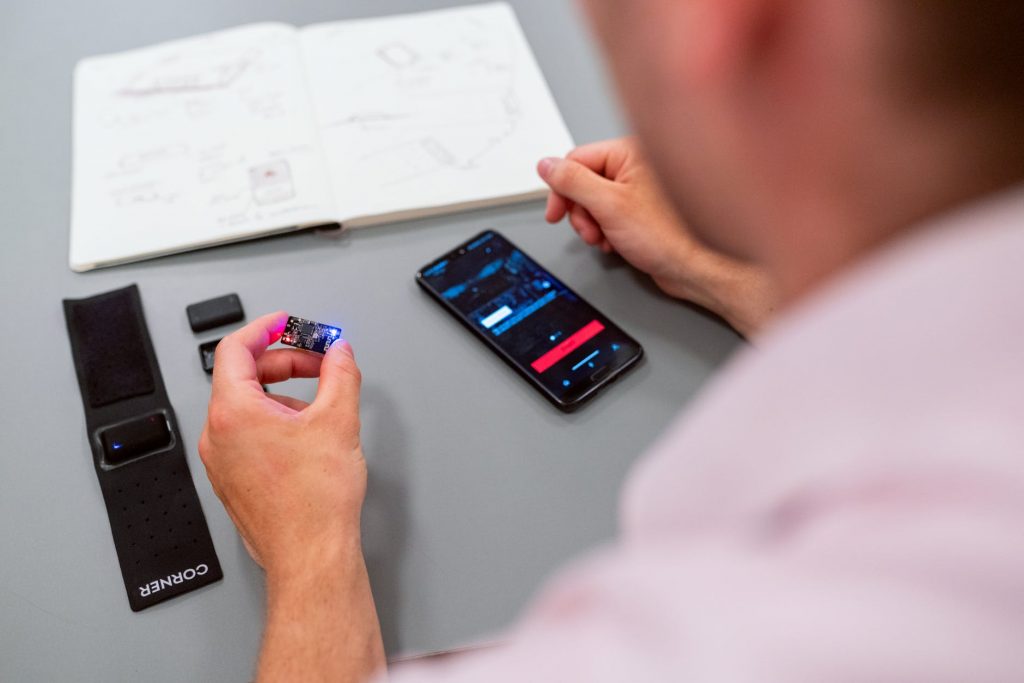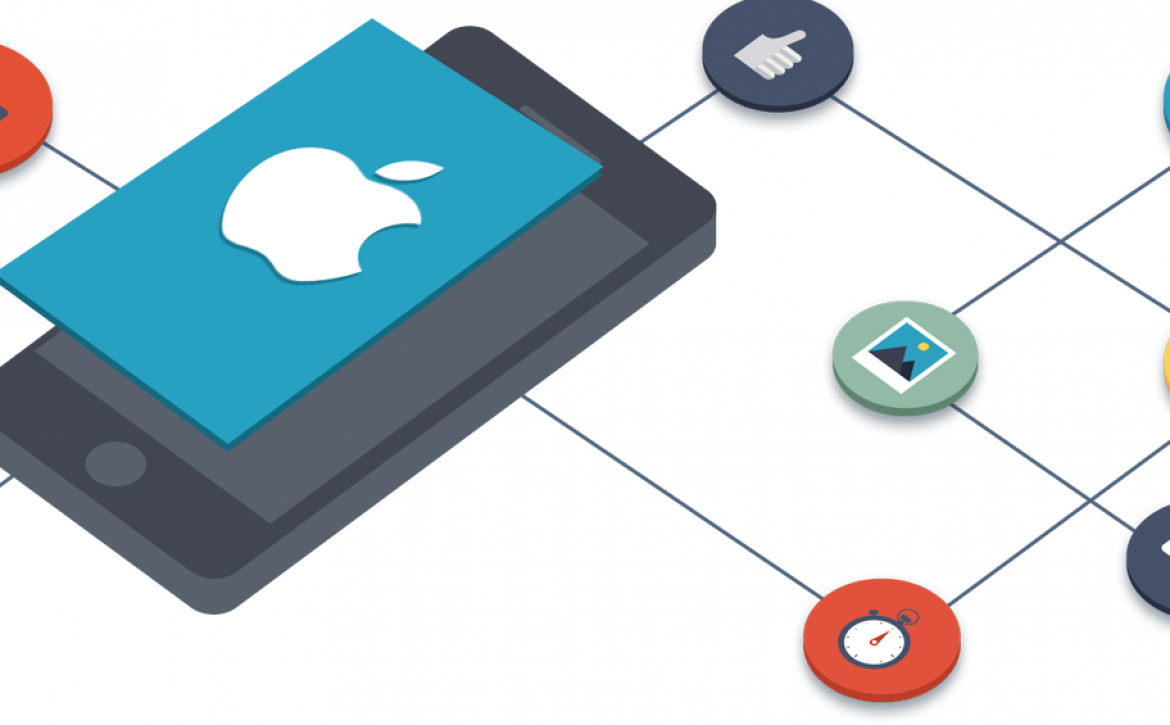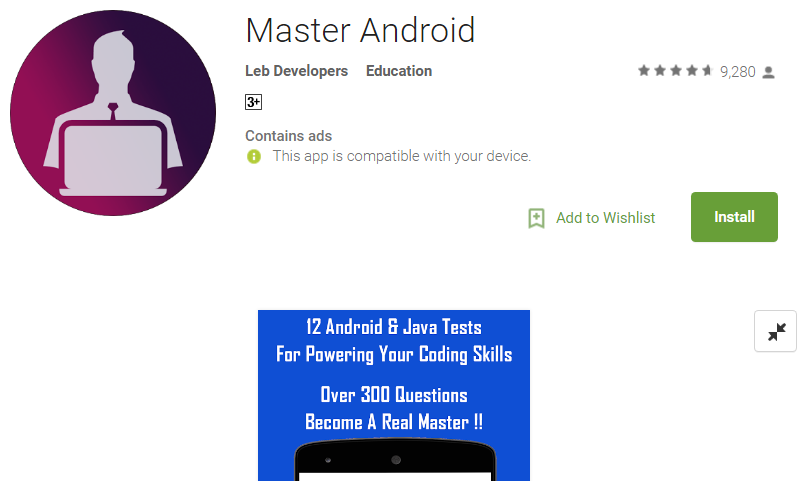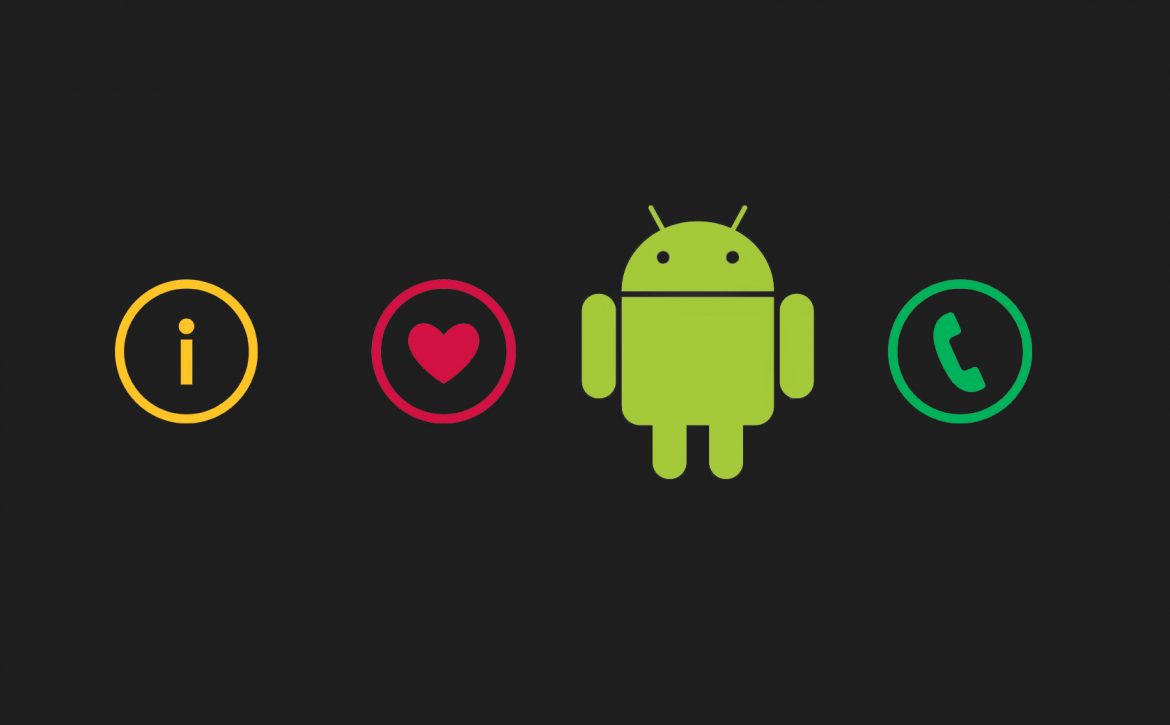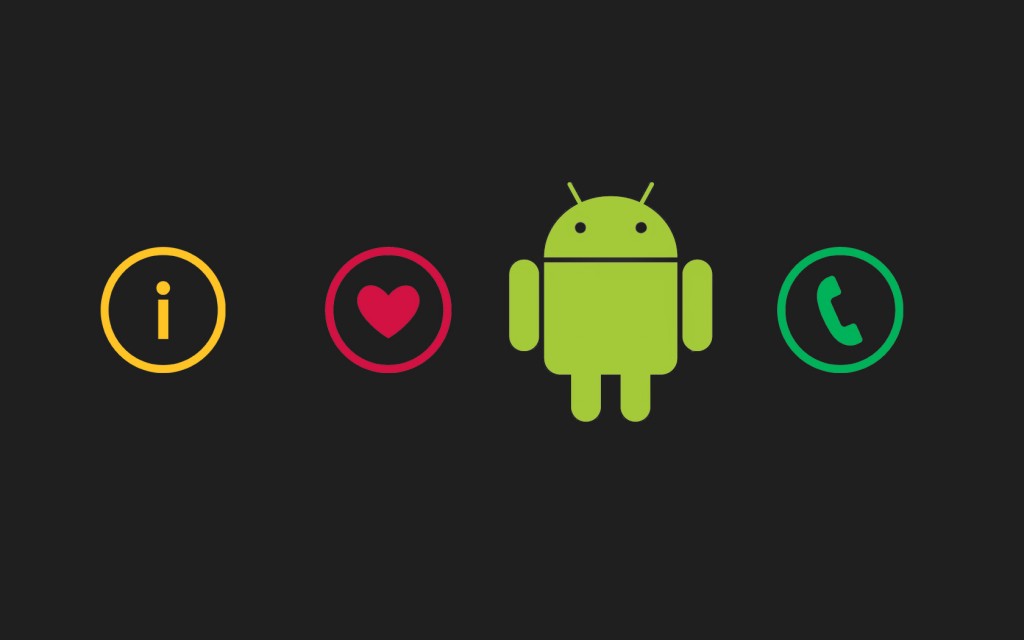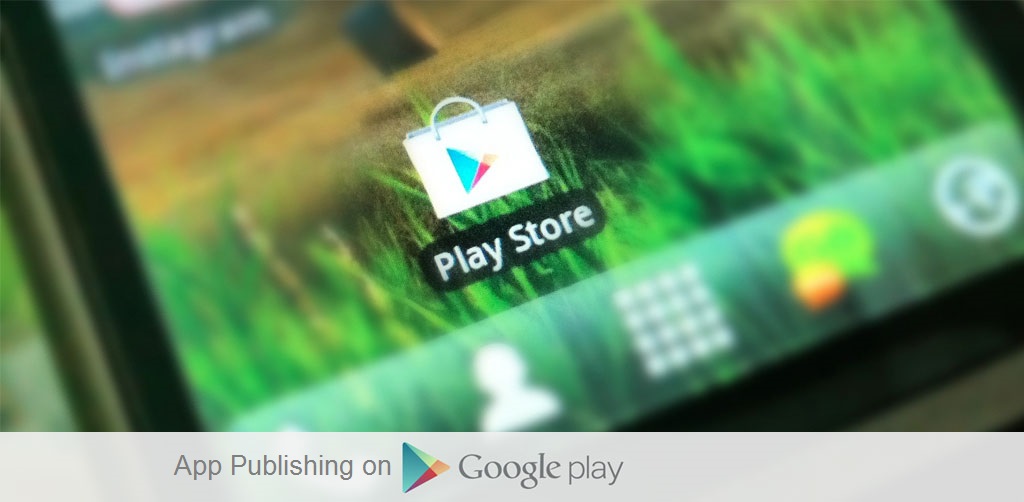Security Matters: Best Practices for Securing Your Mobile App
In an era dominated by smartphones and mobile applications, ensuring mobile application security is paramount. As technology advances, so do the threats that can compromise sensitive user data and the overall integrity of your application.
With over a decade of expertise, GoodWorkLabs stands as the world’s No.1 Mobile App Developer, trusted by a diverse clientele ranging from Fortune 500 giants to innovative startups. Since 2013, we’ve tackled complex challenges across industries and continents, offering simple solutions powered by cutting-edge technology. Our team, comprising 250+ talented members, has successfully delivered 500+ projects, impacting over 300 million end-users globally.
In this blog, we will talk about how to secure your mobile application and how to build a secure application, safeguarding both your users and your reputation.
1. Data Encryption
- A key component of bolstering mobile app security is data encryption. Encryption acts as a strong barrier that keeps the sensitive information your mobile app handles safe and hidden from prying eyes.
- An extra layer of protection against unwanted access is created by encrypting data while it’s in transit and at rest.
- Robust encryption techniques are essential for making intercepted data incomprehensible to malevolent parties, especially when it comes to private user data like login credentials and personal information.
- This protects the security and integrity of user information by ensuring that even if unauthorized parties are able to intercept the data, its content will remain incomprehensible.
2. Secure Authentication
- In mobile app security, establishing strong authentication procedures is essential to preventing unwanted access.
- A vulnerability exists when passwords are the only means of authentication; hence, multi-factor authentication (MFA) must be implemented for increased security.
- With MFA, the traditional password is deftly combined with an extra layer—usually a temporary code texted to the user’s mobile device.
- Since this dual-factor solution requires both knowledge (password) and physical ownership (mobile device), it greatly increases the challenge for attackers attempting to gain illegal access.
- MFA strengthens the app’s defenses and guarantees a more secure user authentication procedure by demanding this dual verification, acting as a formidable barrier against unwanted entrance.
3. Secure Code Practices
- In order to reduce vulnerabilities while building mobile apps, it is essential to ensure secure code practices.
- It is necessary to start the development process with security in mind.
- Frequent code reviews find and fix potential flaws, while regular library and framework updates are necessary to patch known security concerns.
- Using safe coding techniques, such as strong output encoding and input validation, is important for preventing common vulnerabilities like SQL injection and cross-site scripting (XSS).
- Developers lower the danger of exploitation by building a durable foundation through a methodical fortification of the codebase.
- This proactive strategy improves the mobile application’s overall security posture by protecting user data and putting in place a strong defense against changing cyberthreats.

4. API
- For mobile apps that use Application Programming Interfaces (APIs) to connect with servers and outside services, API security is critical.
- It is essential to secure these APIs in order to stop data breaches. To successfully limit access, strong authentication and permission procedures must be put in place.
- By encrypting data while it’s in transit, HTTPS protects the integrity and confidentiality of data transferred between servers and applications. Furthermore, user input validation is essential for preventing injection attacks like cross-site scripting and SQL injection.
- By adding these safeguards to APIs, developers strengthen the app’s overall security posture by establishing a secure channel for data transmission and reducing the dangers of unwanted access and potential exploitation.
5. Session Management
- In mobile application security, efficient session management is essential for preventing illegal access and session hijacking.
- Make advantage of secure session handling techniques to ensure that every user interaction results in the creation of a distinct session ID.
- To reduce the window of opportunity for possible attackers looking to take advantage of idle sessions, enforce session timeouts.
- By limiting the length of active sessions, this preventive measure lowers the possibility of unwanted access. Moreover, establishing secure logout processes in place to end user sessions safely and avoid any lingering vulnerabilities.
- Mobile apps can develop a strong session management framework by integrating these techniques, protecting user interactions and data from potential security risks and illegal access.
6. Device Security
- Mobile apps can improve overall resilience by putting device security first, shielding user data and the application from potential attackers.
- To strengthen vulnerabilities, it is important to motivate consumers to upgrade their devices with the most recent security patches on a regular basis.
- It’s also important to advise against activities like rooting or jailbreaking devices since they jeopardize their built-in security features.
- Implementing device fingerprinting adds an additional degree of protection by identifying and authenticating authorized devices.
- By limiting the number of devices that can access the app, this technique reduces the possibility of unwanted access.
7. Data Minimization and Consent
- Reducing the possible impact of data breaches can be achieved by concentrating on gathering and retaining only the information required for the application to function.
- It’s important to communicate openly with users; make sure they understand how data is collected and have their express agreement.
- Giving users fine-grained control over their privacy settings promotes confidence and gives them the ability to personalize their preferences for data sharing.
- This user-centric strategy complies with changing data protection laws while still protecting individual privacy.
- Mobile apps can foster a privacy-conscious atmosphere by upholding data minimization principles and getting informed consent.
- This can reduce the dangers associated with excessive data exposure and strengthen user confidence in the app’s dedication to protecting their personal information.
8. Penetration testing
- One proactive step that is essential for improving mobile app security is penetration testing.
- Regular testing makes it possible to find potential vulnerabilities and fix them quickly.
- By simulating actual attacks, ethical hackers can conduct a thorough assessment that identifies security flaws before malevolent actors can take advantage of them.
- This procedure provides a dynamic assessment that reflects changing threat landscapes, going beyond standard security measures.
- Developers keep ahead of emerging risks by regularly putting the app through security tests, strengthening it against unanticipated weaknesses.
- In addition to safeguarding user data, this proactive strategy maintains the app’s reputation by giving users the assurance that their data is safe and that the program is actively resistant to changing cyberthreats.
9. Incident response plan
- To respond to security breaches quickly and effectively, incident report plans must be created and updated on a regular basis.
- The plan makes sure that everyone is aware of their obligations in the case of an incident by outlining roles and duties precisely.
- Information may be disseminated more quickly and accurately when communication standards are established.
- Frequent drills help the team become even more proficient at responding quickly and coordinating.
- This proactive strategy reduces potential harm, lowers downtime, and supports upholding user confidence. In addition to lessening the effects of security events, an efficient incident response plan shows a dedication to user data security and overall app resilience.
10. User Education
- User education plays a pivotal role in upholding a secure mobile environment alongside technical measures.
- Emphasizing the importance of strong passwords, users can be educated on creating and maintaining robust authentication credentials.
- Awareness about the risks associated with public Wi-Fi enlightens users on potential security threats in such environments.
- Stressing the significance of keeping devices and apps updated reinforces the importance of patching vulnerabilities promptly.
- By promoting a security-conscious culture among users, an informed user base becomes an active line of defense against common security pitfalls.
- This approach not only empowers users to take proactive steps in securing their mobile experience but also fosters a collaborative effort in maintaining a resilient and secure mobile app ecosystem.
It takes a variety of approaches to secure your mobile app, including proactive planning, user education, and technical protections. By implementing these practices and following the above mobile app security checklist you can strengthen your app’s defenses against the constantly changing cyber threat landscape in addition to safeguarding the sensitive data of your users. Investing in mobile app security is an investment in your application’s credibility and long-term success in a time when privacy and trust are essential.
Join the league of satisfied clients who have experienced digital transformation and success with GoodWorkLabs. Whether you seek top-notch iOS app development or innovative cross-platform solutions, our team is ready to turn your vision into reality, ensuring your brand remains at the forefront of the digital landscape. To know more please visit our website.




